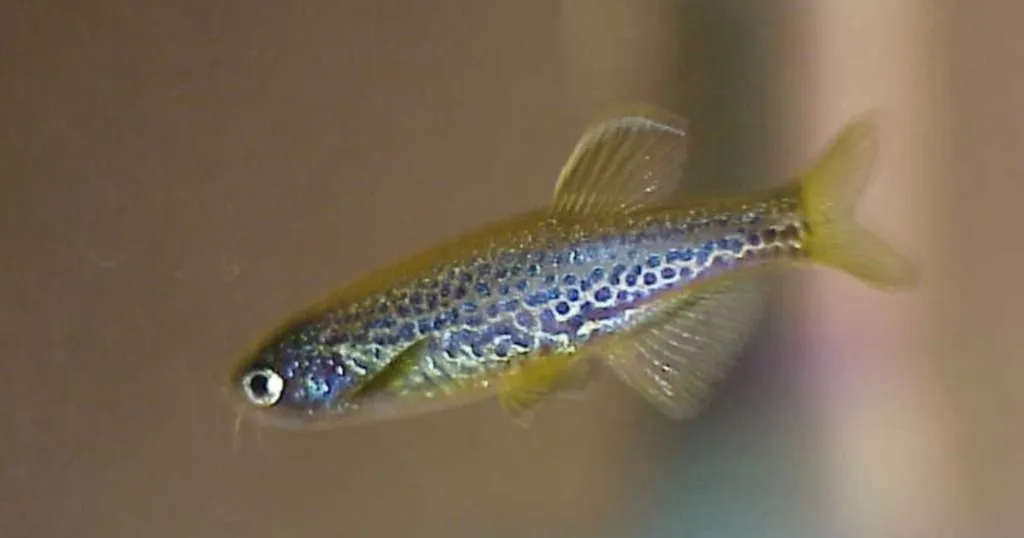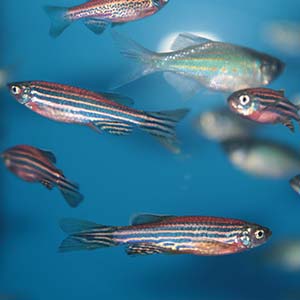The search for robust fear inducing stimuli in zebrafish research
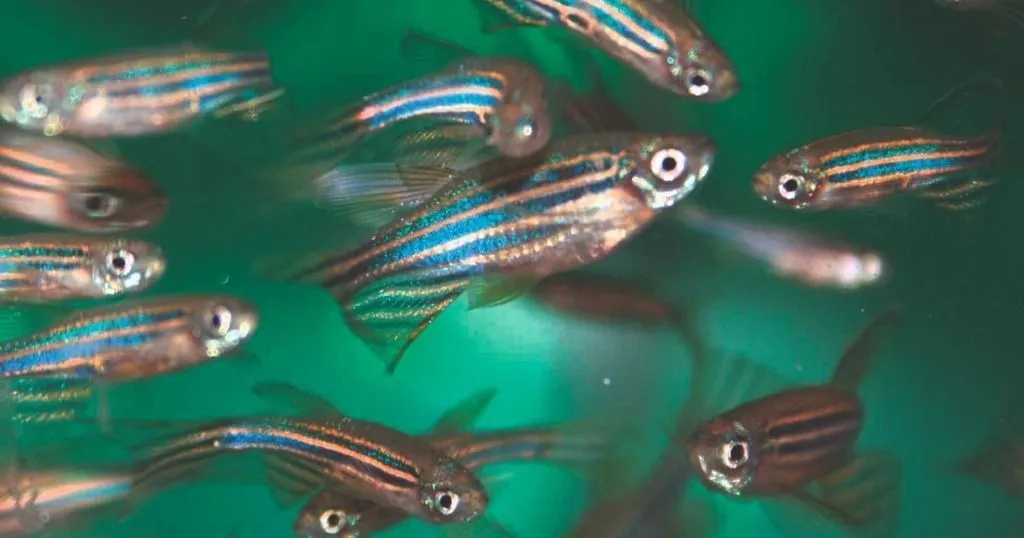
Zebrafish behavioral research has grown by leaps and bounds, and behavioral paradigms are being developed with the aim of better understanding mechanisms that might underlie aberrant behavioral phenotypes.
Posted by
Published on
Fri 24 Feb. 2012
Topics
| Aggression | EthoVision XT | Fear Conditioning | Video Observation | Zebrafish |
Zebrafish behavioral research has grown by leaps and bounds, and behavioral paradigms are being developed with the aim of better understanding mechanisms that might underlie aberrant behavioral phenotypes. This knowledge can be applied to complex human conditions, such as anxiety disorders.
Fear paradigms can potentially bring more insights into mechanisms that are involved in these disorders. These require stimuli that consistently produce robust fear responses in zebrafish. Luca and Gerlai (2012) have attempted to expand on the small but growing arsenal of behavioral stimuli that can be used.
Not a large body of knowledge exists on effective fear stimuli for zebra fish research prior to this study being published, and this paper definitely provides a greater appreciation for the complexities involved in fear paradigms, and stimulus selection.
Not all stimuli that are intended to elicit a fear response, actually do. And visa versa. In fact, Luca & Gerlai show that it isn’t just the type of stimulus that matters, but its placement is crucial as well; an image of a growing dot (mimicking an approaching predator) is more effective when shown from above, compared to the side.
This highlights an interesting and noteworthy approach the authors took in this study: they chose to position a computer screen over top the testing tank in which the zebra fish was placed, showing the stimulus. Previous work published by Gerlai discusses how the presentation of a visual stimulus on a computer screen adjacent to the testing tank is as effective in eliciting a behavioral response as a live predator. This includes a live predator where zebrafish are exposed to both the visual and physical stimuli (lateral line and olfactory cues).

A noteworthy and interesting choice made by Luca & Gerlai in terms of stimulus presentation is the image of a bird silhouette, which was displayed over top the testing tank. They argue that although it is not conclusively confirmed that zebrafish fall prey to fishing birds, the natural habitat and the species that live within the same environment suggest this is highly likely. It is an interesting follow up to previous work showing differences in response to allopatric and sympatric predators, where sympatric predators show a more robust response. Suggesting that if the image of a bird, or an image mimicking an approaching bird’s head (the dot) is in fact robust it could support the assumption that zebrafish are preyed on by birds. This in turns opens a new possible approach in studies using fear paradigms.
It's not what you show, it's how you show it
As it turns out, an approaching dot over the top of the tank was more robust than an image (whether a dot or a bird shape) being shown on the side of the testing tank. This illustrates another level of complexity to behavioral research: it is not sufficient to consider which type of stimulus to present, but the mode of presentation (or location) can be just as important.
This article narrows down some of the options researchers might be considering when developing fear paradigms, paving the way for a more focused approach in experimental design.
Reference
Luca, R.M.; Gerlai, R. (2012). In search of optimal fear inducing stimuli: Different behavioral responses to computer animated images in zebrafish. Behavioural brain research, 226, 66-76.
Related Posts
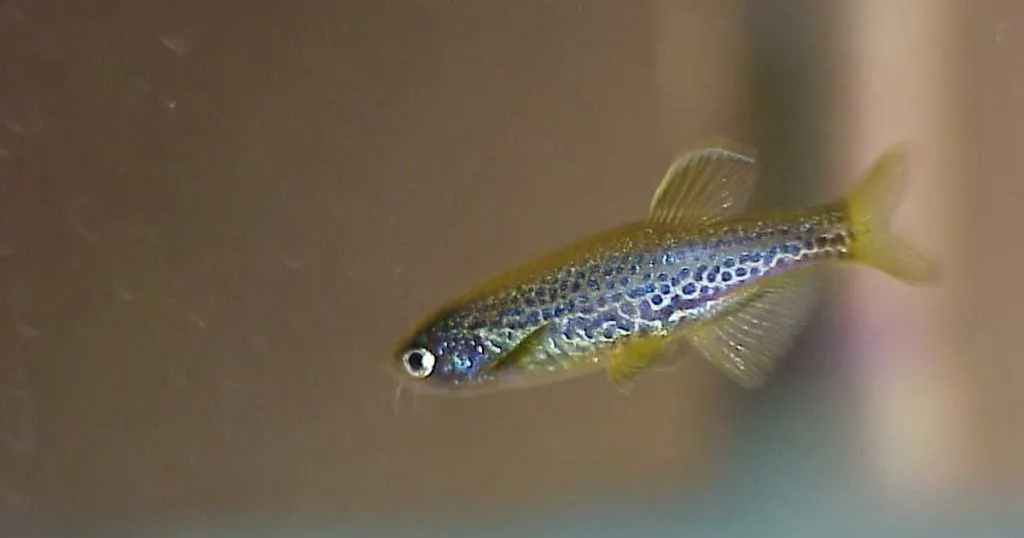
Zebrafish as lab animal increasingly popular
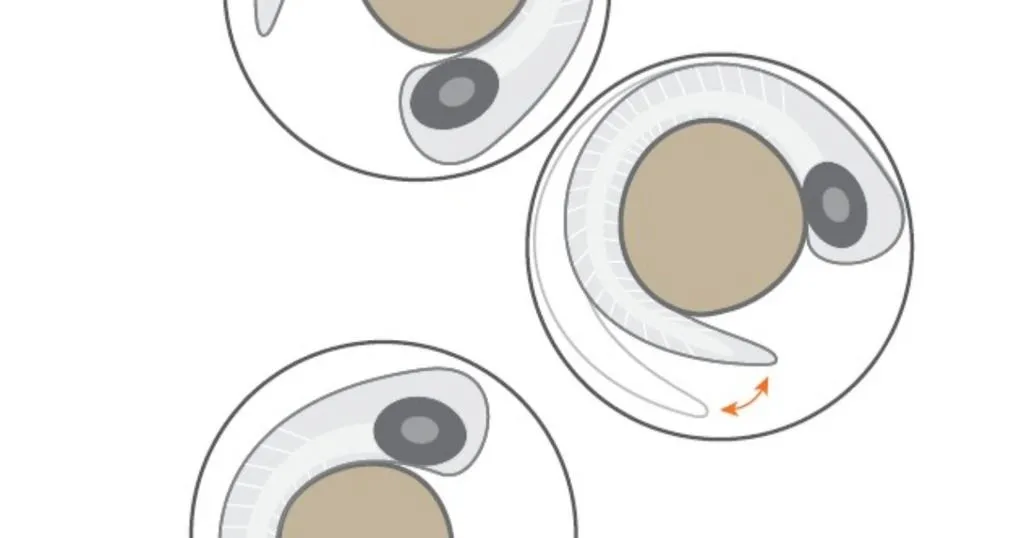
Using zebrafish as an early warning system of neurotoxic substances
